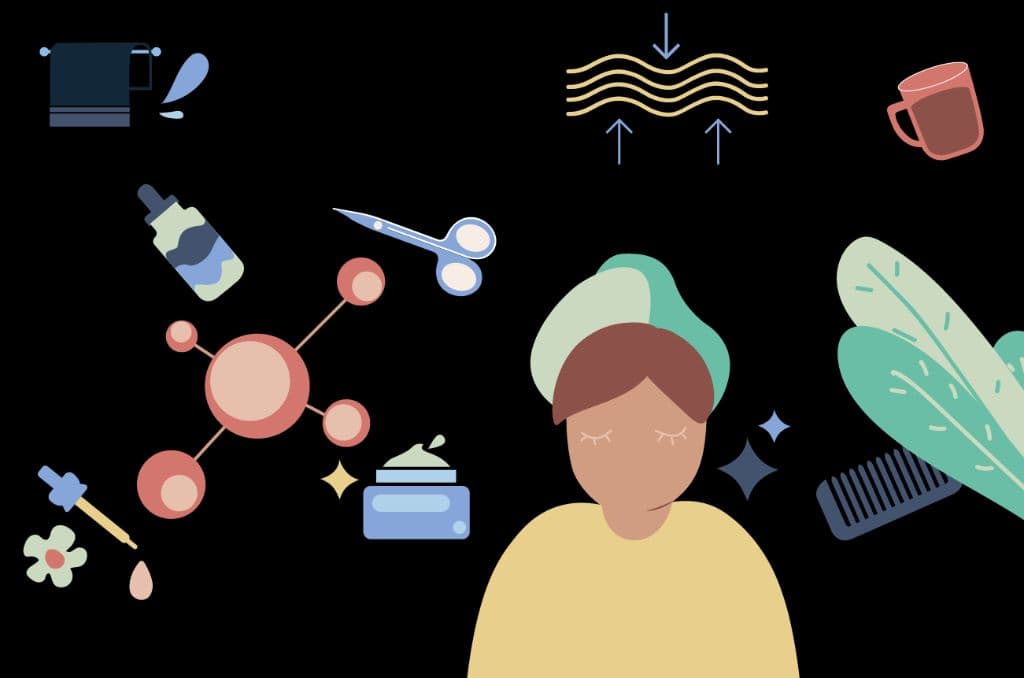This article was compiled by Alipta Jena.
If you’re heading to the beach this summer (or even just spending time in your own backyard!), make sure you know how to avoid sunburns in the first place — but also what to do if you do sustain one.
What is sunburn?
Sunburn causes red, sometimes swollen, and painful skin caused by overexposure to ultraviolet (UV) rays from the sun. It can vary from mild to severe. You may not notice the redness of the skin for several hours after the burn has begun. Peak redness will take 12-24 hours.
Minor sunburns typically cause nothing more than slight redness and tenderness to the affected areas. In more serious cases, blistering can occur. Extreme sunburns can be painful to the point of debilitation and may require hospital care.
Did you know?
If you’re near sand or water you could risk intensifying your UV exposure as both sand and water reflect the sun’s rays at you.
How to guard against sunburn?
Sunscreens protect our skin from harmful UV light.
UV light (UVA & UVB) is the single most common factor responsible for accelerated ageing of the skin prematurely, and skin cancer.
UVA is responsible for premature skin ageing, wrinkling and age spots, and UVB is the sunburn causing & cancer-predisposing rays.
Ageing of the skin due to UV light & skin cancer affects all people, regardless of age, gender or race. Though as Indians, we are protected to an extent by the melanin pigment in our skin, we are certainly not completely immune to the effects of UV light.
Indian skin types range from type 3 to type 6 on the Fitzpatrick skin phototype.
This scale determines the response of skin to UV light. So to put it simply, our skin types usually do not burn, we tan. However, if unprotected and in harsh sunlight for a few hours, even our hardy skin types will end up with a sunburn.
Types of sunscreen
There are basically 2 kinds of sunscreen: physical & chemical. This depends on the ingredients in the sunscreen. The different ingredients in sunscreen protection from UV rays of a specific range (UVA/ UVB).
Physical sunscreens contain zinc or titanium dioxide that act as a shield on the skin, they reflect or scatter UV light.
Chemical sunscreens absorb UV light. They contain one or more of the following active ingredients: oxybenzone, avobenzone, octisalate, octocrylene, homosalate, and octinoxate.
To be effective, sunscreen should be a “broad spectrum”, that is, it should protect from both UVA & UVB rays. Physical sunscreens are broad-spectrum by their reflecting property. Chemical sunscreens incorporate some physical sunscreen into them to make them a broad spectrum.
What is SPF?
Sun Protection Factor (SPF) tells us the percentage of UVB rays that are blocked out by the sunscreen. SPF 30 blocks 97 per cent of the sun's UVB rays, and SPF 50 blocks out 98%. No sunscreen can block 100 per cent of the sun's UVB rays.
What should you look out for in an ideal sunscreen?
- Broad-spectrum protection (protects against UVA and UVB rays)
- SPF 30 or higher
- Water resistance, especially if you sweat a lot or exercise
How to choose a sunscreen based on formulation
- Waterproof gel: good for oily skin
- Tinted lotion: thin, spreads on larger areas, matches skin tone
- Cream: good for face, medium to dry skin
- Tinted matte: merges with skin, good for oily skin
- Physical sunscreen matte: whitish appearance
Physical sunscreen is best for:
- Sensitive skin
- During pregnancy
- Use for babies
- They tend to have a whitish residue, so maybe a bit unappealing.
Chemical sunscreens usually blend in with the skin and leave no white cast.
How much to apply & how often to reapply?
Amount:
- ½ tsp for face + neck
- ½ tsp each arm
- 1 tsp for each leg
- 1 shot glass for the full body
How often to reapply sunscreen?
Reapplication is essential as sunscreens remain active on the skin for just about 3 hours, and also come off with sweating. If indoors all day, it is good to use sunscreen on exposed parts in the morning, and if possible reapply at least once, after 3 hours or so. If moving between indoors & outdoors, ideally reapply sunscreen every 3 hours till sunset. Even on cloudy or rainy days, the UV radiation is diffuse but present, so sunscreen is ideally to be used every day.
An easy way to remember is 9 am, 12noon, 3 pm.
Note: If you're bald, remember to use sunscreen on the scalp as well!
Sunscreen for babies
Sunscreen is safe to use in babies over the age of 6 months. Below this age, protect your baby by avoiding exposing them to direct sunlight.
Their skin is more sensitive than adults, can burn easily and will cause pain and discomfort, moreover, increases their risk for UV light related problems in the future.
Other sun protection measures
- Seek shade when the sun’s rays are strongest between 10 a.m. and 2 p.m.
- Dress to protect yourself from the sun. Try a long-sleeved shirt and pants, a wide-brimmed hat and sunglasses
- Get vitamin D safely through a healthy diet and/ or include vitamin supplements. You do not need to soak in the sunshine to get your vitamin D requirement.
Consult a doctor for serious sunburn
Though anti-inflammatory medicines, moisturizing and hydration will gradually take care of most minor burns, sometimes the damage is serious enough to merit a trip to the doctor.
The severity and depth of inflammation from sunburn can be equivalent to a second or third-degree burn.
Blistering and deep damage to the lower layers of the skin leads to loss of skin, infection and scarring.
If you do develop blistering, especially over large areas, you should seek medical treatment from a professional. You should also visit the doctor if you feel woozy, feverish or develop chills after a sunburn.
Disclaimer - This information is provided for educational purposes and should not be construed as medical advice. Please consult with your healthcare practitioners before undertaking any changes in your diet or adding supplements.
ProactiveForHer is a digital clinic for women, offering accessible, personalized, and confidential healthcare solutions. We offer products and services for out-patient health concerns of Indian women, across their lifetime - from puberty to pregnancy to menopause. To know more on the sexual and reproductive health of women, visit https://www.proactiveforher.com/

